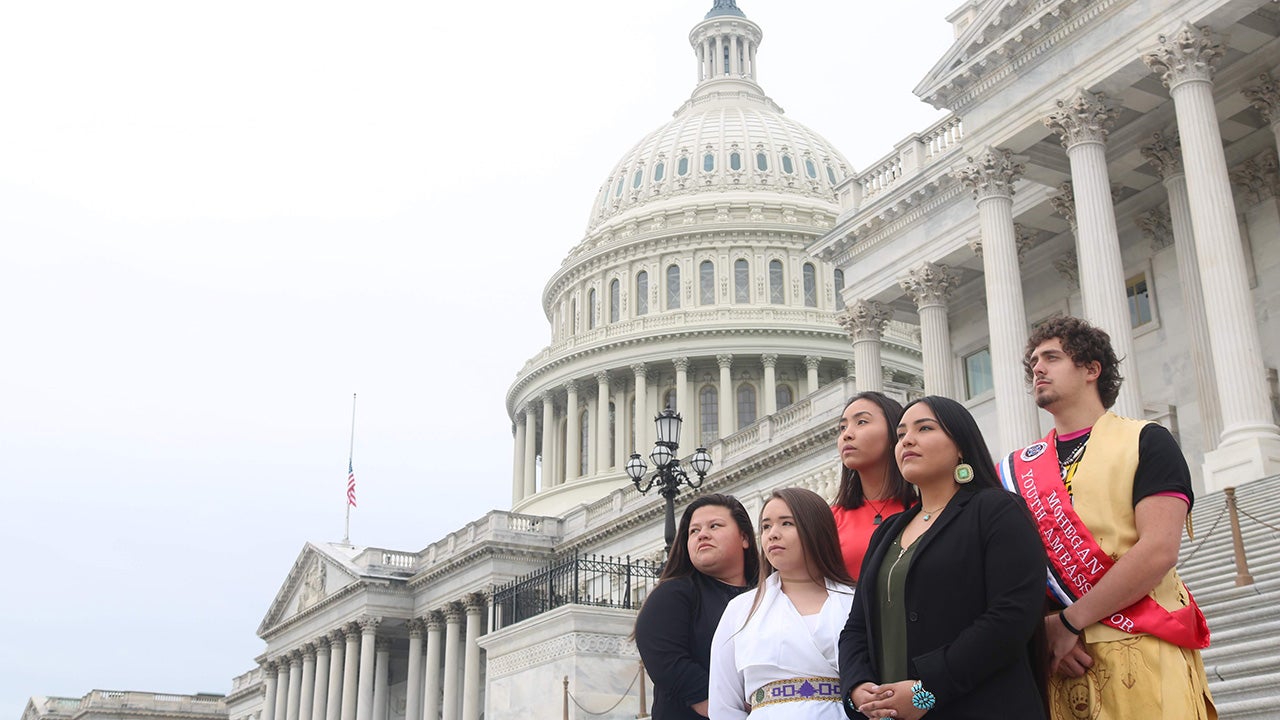From curriculums to graduation requirements, policymakers carefully control every aspect of the school experience. However, as students, we rarely have a say in the legislative process about the policies and practices that would most effectively serve us.
In high school, I was a member of the Washington State Legislative Youth Advisory Council (WALYAC), a group of 22 high school students from across Washington state selected to advise the state government on youth policy priorities. With our platform, we were able to advocate for policies that made a meaningful impact on our school experiences. Programs like WALYAC are not just exercises in civic engagement. By giving students a direct pathway to share their experiences with legislators, these programs ensure that the policies being drafted by the legislature actually serve students’ needs.
Ensuring that students are fully engaged in the decision-making process, though, extends beyond just establishing a youth council and meeting with its members quarterly. It can be difficult to know where to start. Here’s how:
Engage diverse students
In Washington, students from different backgrounds lent important nuance to our advocacy on issues facing youth across our state. Students of color testified about the need for ethnic studies courses in schools, not just to benefit them, but for the benefit of all. Students from rural backgrounds reflected on the lack of advanced course offerings and sexual health education at their schools. Students with differing political viewpoints allowed us to work across the aisle and collaborate, learning important life skills in the process.
Engaging a representative cohort of students is critical to ensure their work reflects the breadth of students’ concerns about, and ideas for, their schools. It is especially important that students whose voices are rarely consulted, such as students who struggle more academically, are experiencing homelessness, or are incarcerated, are included in the student voice. Underrepresented students often are the most underserved by current education systems and therefore, have the most insight into how they can be improved.
Involve students in policymaking processes
Perhaps the most impactful aspect of WALYAC was early and frequent involvement in policy discussions that had previously happened behind closed doors. When treated as partners in policymaking, we were able to offer specific insight into the practices that would best serve students like us. On reopening schools amid COVID-19, we could speak to Washington’s reopening committee about the difficulties we faced with remote learning and our concerns about equity during the pandemic. On sexual health education, we could testify with our own experiences. to the legislature’s working group about the need for more comprehensive classes. Ultimately, our experiences informed and guided legislators to approve more expansive sexual health education.
Valuing students as equal partners results in education policies that are actually reflective of the student voice. Meaningful student engagement goes beyond informing students of current happenings or even consulting them about their opinions. Instead, policymakers must actually co-create policies with students’ concerns and opinions in mind to ensure solutions fit our true needs.
Amplify students’ stories
This year, the Council collaborated with teachers and the Office of Superintendent of Public Instruction to publish From Seed to Apple, a series of personal stories about Washington’s schools. From Seed to Apple allowed us to leverage our student stories as a method for social change. To an audience of legislators, educators, and other decision-makers, my fellow students and I wrote about the issues we felt were most pressing to address — teachers in rural towns, career-technical education, and alternate learning pathways among them. Our stories put a face, a voice, and a story to these otherwise broad policy issues.
Amplifying students’ voices through storytelling can give students a unique platform to express their opinions and concerns. Students are amazingly resilient, compassionate, and thoughtful. Allowing us to tell our stories can create empathy about our experiences and urgency around solutions to the issues we face.
My years on the Washington State Legislative Youth Advisory Council sparked my passion for educational equity and showed me the power of student involvement in the policymaking process. Through my advocacy, the legislators that I built relationships with grew in their understanding of the importance of youth civic engagement. Our council’s testimony and lobbying led to the ratification of specific bills that would make a meaningful impact on Washington’s students’ lives, from how their schools are responding to COVID-19 to the safety and well-being supports available in their schools for years to come. Because of my experience with the power of student voice in policymaking, I know that I will always seek to amplify and elevate young people’s values, opinions, and concerns.
It is critical that states across the nation follow Washington’s lead and provide meaningful avenues to amplify student voices on policy issues that deeply impact their lives. Students have the expertise to lead. All they need is a platform to do so.
Jenna Yuan is a freshman at Columbia University.


